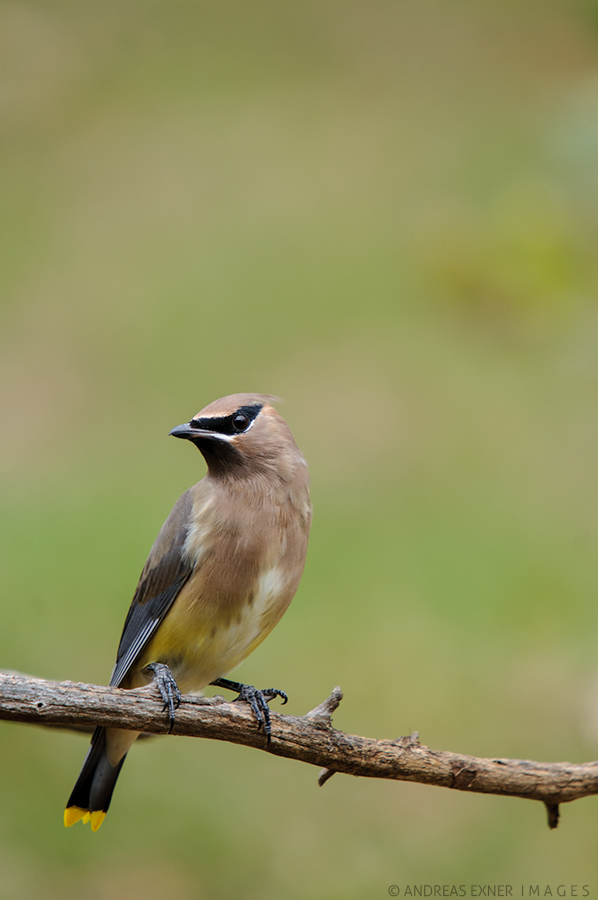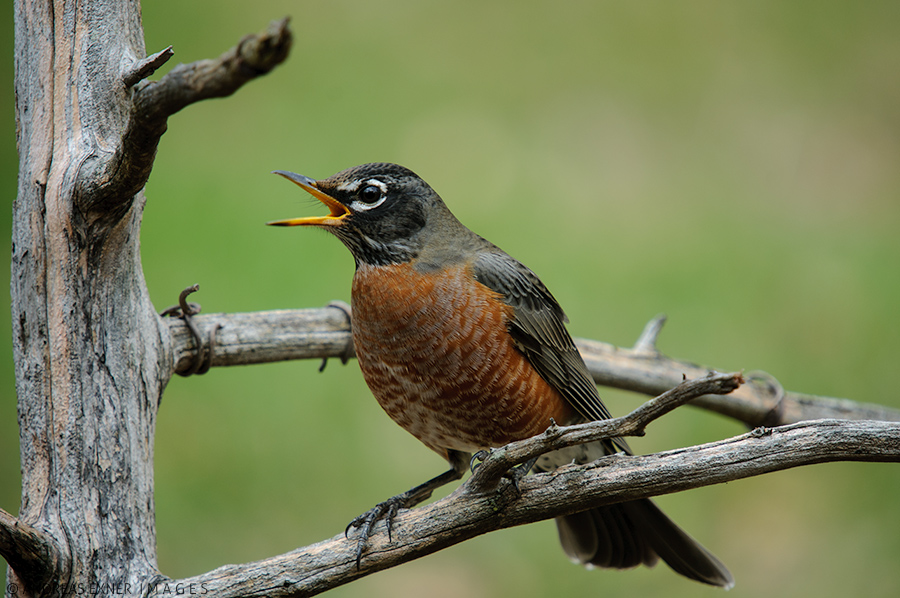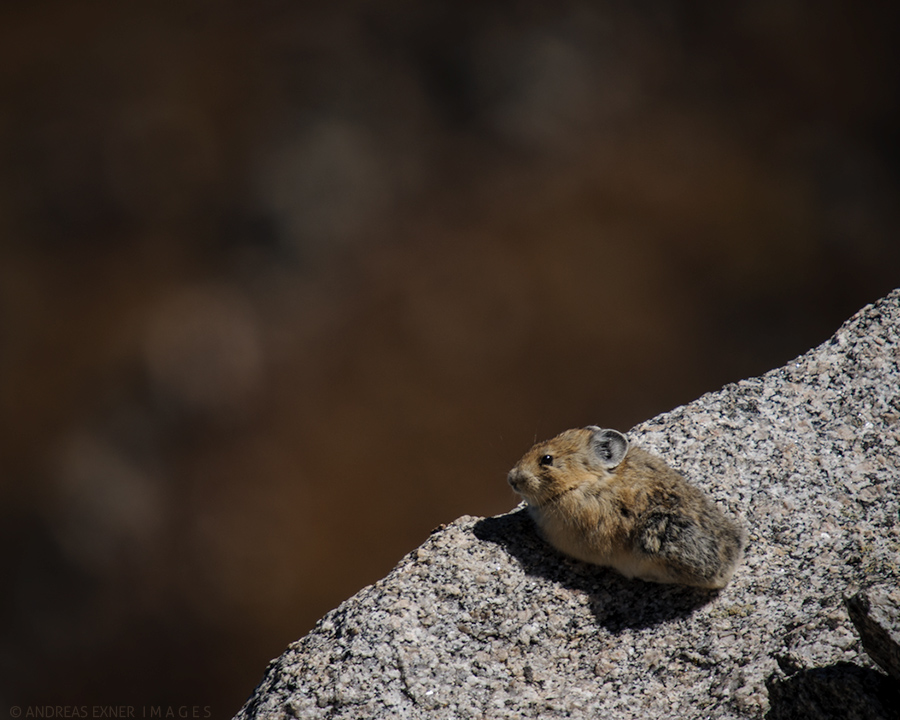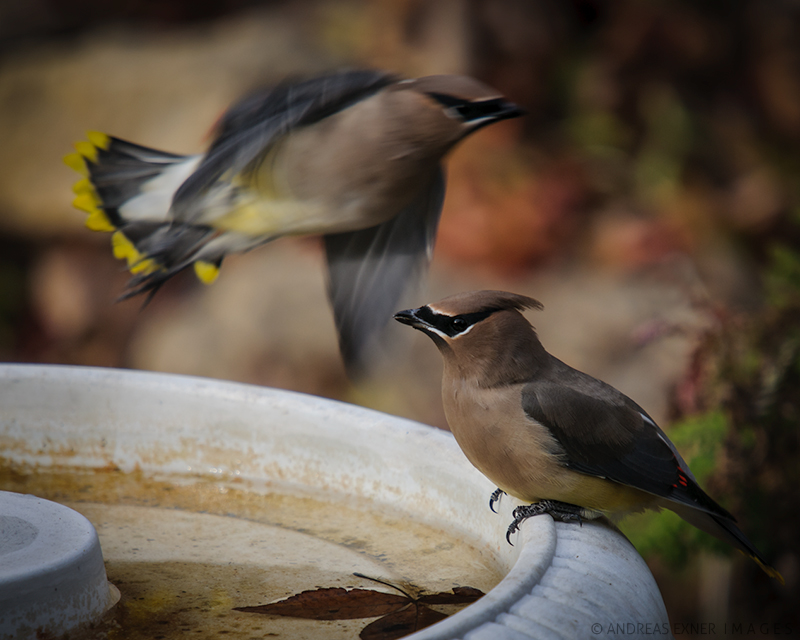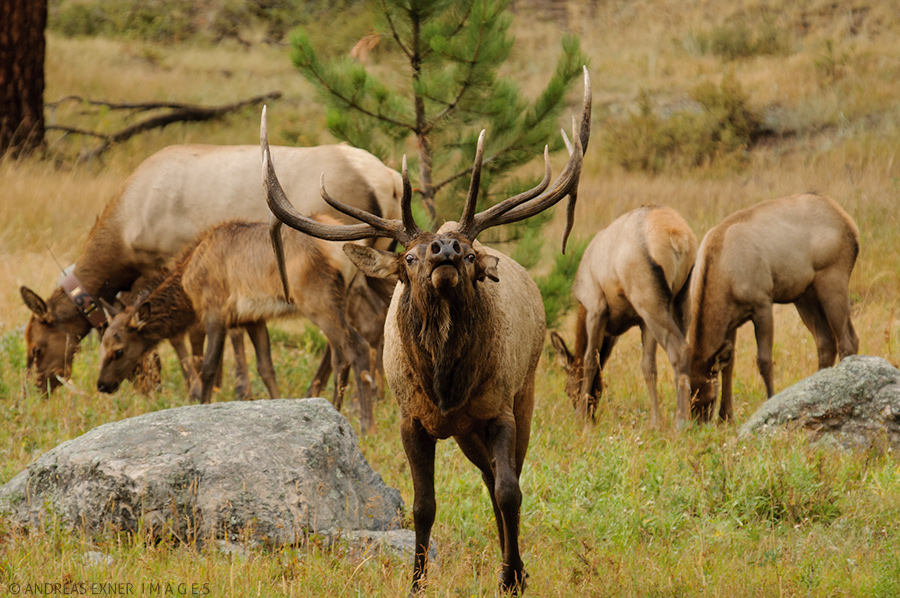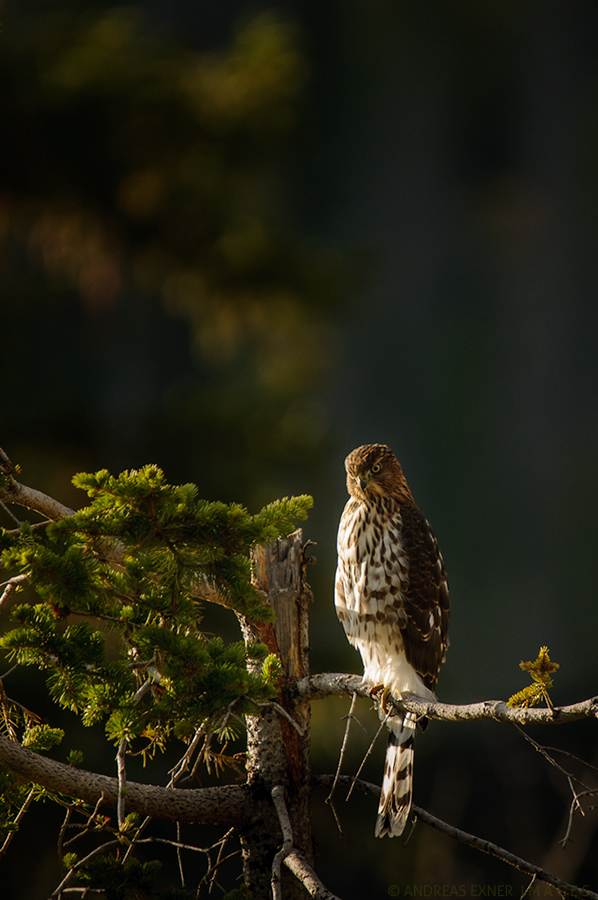
A few day ago I mentioned that I was actually waiting for another critter while shooting some pictures of the Yellow-bellied Marmot. So here it is. The American Pika is one of my favorite animals. They live on steep, boulder-covered hillsides at elevations between 8,000 and 13,500 feet (2400m - 4100m). The pika is one of the animals that has no way to go if the effects of global warming continue. Their numbers are already on a systematic decline in many mountain ranges of the American West. If you like to read about why this is a matter of fact click HERE for a link to an article on the website of the National Wildlife Federation that explains it very good or click HERE for a video on the National Geographic website.
First I saw them a couple years ago in the Mount Rainier area in Washington and fell immediately in love with this animal. My pictures of this first encounter , hmmm, just sucked, and so this time the American Pika was at the top of my shooting list for our trip to the Rocky Mountain National Park. They were in process to harvest grass, sedges, and thistles for the winter, which they carry in their mouth, and they can move very fast between the rocks, making it a big challenge to capture a sharp image. Before you can see them you may hear their very vocal call that the pikas use to communicate and to warn each other. It helps to find them between the rocks and boulders on a mountain slope.
This photo was actually made along a relative busy trail. We went there again another day but didn't see a single pika. Wild animals have their own agenda and we are the intruders in their world. Patience and a careful approach is the only fair way to get the shot. It wasn't my last picture of a pika during this trip, but this is reserved for another post...

